Interview with Christopher Wilson, author of "Edward Wilson's Antarctic Notebook"
About Christopher Wilson
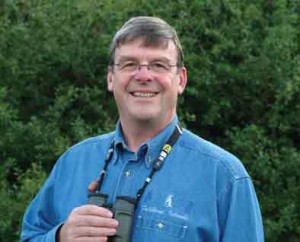 Christopher J. Wilson Dip Eco (Cork), FZS is the great nephew of Dr Edward A. Wilson, who died with Captain Scott and his party on their return from the South Pole in 1912. He is widely travelled, having spent time on all the continents of the world and has completed eight full seasons in Antarctica having first travelled to that Continent in 1999 on the Antarctic Circumnavigation. Born in the UK, he was educated in both UK and Africa, was a London policeman for 16 years and moved to Ireland in 1981. He completed a Field Ecology Diploma at University College Cork in the mid 1990s. Currently he is self employed as an Environmental Consultant based in County Wexford, Ireland specialising in field survey work (particularly birds).
Christopher J. Wilson Dip Eco (Cork), FZS is the great nephew of Dr Edward A. Wilson, who died with Captain Scott and his party on their return from the South Pole in 1912. He is widely travelled, having spent time on all the continents of the world and has completed eight full seasons in Antarctica having first travelled to that Continent in 1999 on the Antarctic Circumnavigation. Born in the UK, he was educated in both UK and Africa, was a London policeman for 16 years and moved to Ireland in 1981. He completed a Field Ecology Diploma at University College Cork in the mid 1990s. Currently he is self employed as an Environmental Consultant based in County Wexford, Ireland specialising in field survey work (particularly birds).
A highly respected ornithologist with over thirty-five years of bird ringing experience, in Ireland, UK and Australia, he includes in his scientific accolades the organisation of staff and volunteers in numerous ornithological surveys of national and international importance. Before taking early retirement in 2007, Christopher worked for the National Parks and Wildlife Service, for 16 years, serving as warden of Ireland’s premier wildfowl reserve, ‘Wexford Wildfowl Reserve’. In 2000, Christopher spent a year working for the Wildlife Service in South Australia where his expertise in Goose Management, Bird Ringing (including Cannon Netting experience) Bird and Butterfly Survey work were useful attributes to the job he was involved in. Christopher currently has his only weekly newspaper column and a regular slot on local radio. He regularly contributes to a wide number of wildlife magazines, makes radio and television programs and featured in a half-hour television wildlife documentary on his work as a wildlife warden. He has two web pages, the first www.snowysheathbill.com relates to his Antarctic wildlife work and the secondwww.wildside.ie relates to local news, views, comment, opinion and wildlife sightings in his home County, Co. Wexford.
He is an accomplished photographer contributing to numerous wildlife books. His own publications include: ‘High Skies – Low Lands, An Anthology of The Wexford Slobs and Harbour’ (1996); ‘Wildfile – A Guide to Irish Wildlife’ (1997); ‘Wildlife Quiz and Amazing Facts Book’ (1999) – with a second edition (2002); ‘Edward Wilson’s Nature Notebooks’ – published in November 2004;’The Lepidoptera of County Wexford’ (2009) and ‘Edward Wilson’s Antarctic Notebooks’ (2011). Christopher lectures extensively on birds and wildlife and is the current chair of the Wexford Naturalists’ Field Club. He states that his personal motto of “Birds are my Passion, Wildlife my Nature” actively describes his interest, love and passion for our environment and its biodiversity.
He is an accomplished photographer contributing to numerous wildlife books. His own publications include: ‘High Skies – Low Lands, An Anthology of The Wexford Slobs and Harbour’ (1996); ‘Wildfile – A Guide to Irish Wildlife’ (1997); ‘Wildlife Quiz and Amazing Facts Book’ (1999) – with a second edition (2002); ‘Edward Wilson’s Nature Notebooks’ – published in November 2004;’The Lepidoptera of County Wexford’ (2009) and ‘Edward Wilson’s Antarctic Notebooks’ (2011). Christopher lectures extensively on birds and wildlife and is the current chair of the Wexford Naturalists’ Field Club. He states that his personal motto of “Birds are my Passion, Wildlife my Nature” actively describes his interest, love and passion for our environment and its biodiversity.
To find out more about the author you can visit him at:
http://antarcticnews.blogspot.com
Could you please tell us a little about your book?
‘Edward Wilson’s
Antarctic Notebooks’ was written as a result of the continuous requests for
a book on Edward Wilson’s Antarctic artwork after the ‘Edward Wilson’s
Nature Notebooks’ was published in 2004. The book was produced in time to
commemorate the Centenary of Captain Scott’s Terra Nova Expedition of which Edward
Wilson was an integral part being Captain Scott’s Chief of Scientific Staff
and, of course one of the most extraordinary naturalists and artists of his
time. Edward Wilson is widely regarded as one of the finest artists to have
ever worked in Antarctica and having also sailed with Captain Scott on the
Discovery Expedition he became the last in a long tradition of ‘exploration
artists’ from an age when pencil and watercolour were the main methods of
producing accurate scientific records of new lands and animal species. His
combination of scientific, topographical and landscape techniques were
stunning, producing accurate and beautiful images of the last unknown
continent. Such was the strength of his work that it also helped to found the
tradition of modern wildlife painting.
In particular Edward Wilson captured the essence of the flight and
motion of southern ocean sea-birds on paper. Chosen to accompany Captain Scott
to the South Pole, his last drawings are from one of the most famous epic
journeys in exploration history.
Did something specific happen to prompt you to write this book?
Yes – the production of
‘Edward Wilson’s Nature Notebooks’ that was published by the same
publisher, Reardon Publishing, created ‘quite’ a clamor of interest in Edward
Wilson’s wildlife artwork with a constant ‘When are you and David going to produced
the Edward Wilson’s Antarctic paintings book”? We could not ignore the fact
that the second half of the story had to be reproduced in similar format.
Who or what is the inspiration behind this book?
Without a doubt the
inspiration is my Great Uncle Edward Wilson of the Antarctic. From my first
life memories right up to the present, Uncle Ted has been an inspiration in my
life of enormous proportions.
What cause are you most passionate about and why?
The Conservation of our
natural biodiversity with the continued preservation of Antarctica for future
generations.
What are you currently working on?
Currently I am working
on 3 new lectures (I lecture extensively on Birds, Natural History topics,
Antarctica, Edward Wilson of the Antarctic, Photography etc) 1 for a Cruise
ship company, 1 for a New Zealand location and 1 for a Scilly Islands location;
I am also working on a Radio Natural History series which includes the Natural
History of SE Ireland (my agent is Reardon Publishing who keeps me pretty busy)
What are some of your long-term goals?
To share the wonders of
our Natural World by both the spoken and written word – Being involved in bird
research with a bird bander’s license for over 35 years it is given me great
opportunities to have travelled in my research and that has broadened my
experiences in the flora and fauna of many places – now is the time to give
back some of those moments to help inspire others to the wonders of our natural
world.
About Edward Wilson’s Antarctic Notebook
 We are enraptured by the images captured by the camera lens for the BBC’s Frozen Planet. But when the nation’s imagination was first seized by polar exploration a century ago, Robert Falcon Scott’s team heading for the South Pole in 1911 had no means of recording colour images other than the skills of the chief of the scientific staff on the expedition, the self-taught artist Edward Wilson.
We are enraptured by the images captured by the camera lens for the BBC’s Frozen Planet. But when the nation’s imagination was first seized by polar exploration a century ago, Robert Falcon Scott’s team heading for the South Pole in 1911 had no means of recording colour images other than the skills of the chief of the scientific staff on the expedition, the self-taught artist Edward Wilson.
Wilson, who had also travelled with Scott on his earlier Antarctic expedition in 1901-04, was a gifted depictor of landscape and wildlife, and his images combine accuracy with humanity and humour, ensuring a record of the voyages that not only provides invaluable research material, but also a fascinating insight into the personalities involved and the challenges they faced.
To coincide with the centenary of Scott’s final expedition, Wilson’s great-nephews, David and Christopher Wilson, have brought together images and texts from the great southern expeditions in Edward Wilson’s Antarctic Notebooks (Reardon Publishing). Their ancestor died with his colleagues, but his legacy is the work that conveys, with timeless power, the challenges and rewards of polar exploration. Edward’s combination of record and interpretation is the epitome of expedition artwork.
























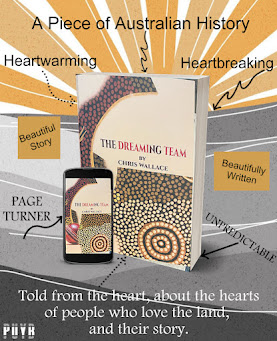
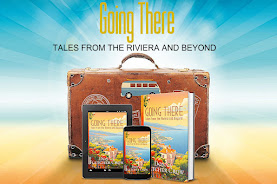



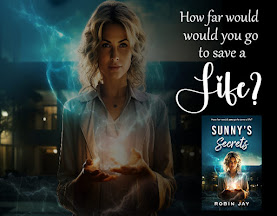

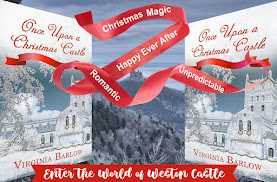








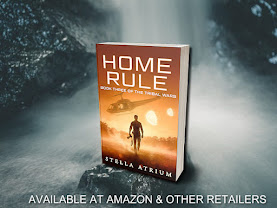




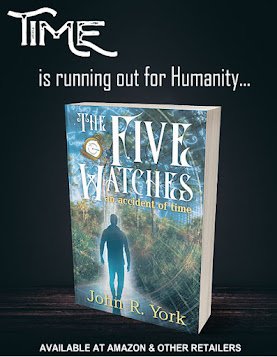


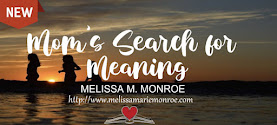







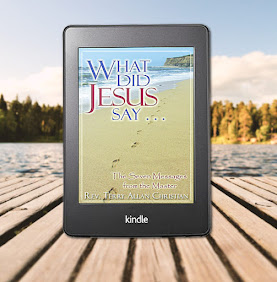









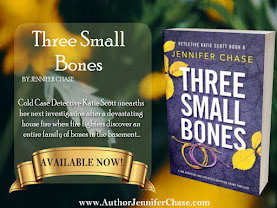


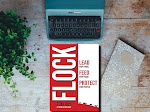


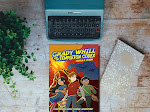



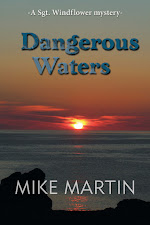



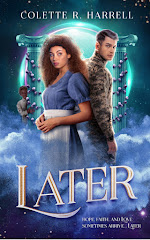
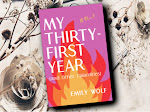



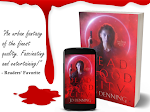


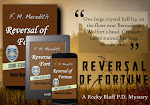









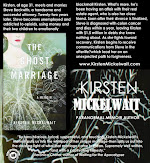

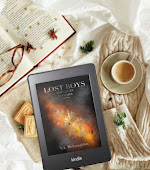
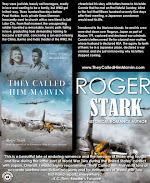



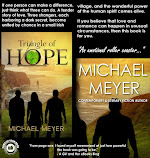
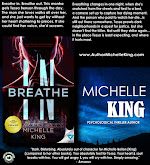
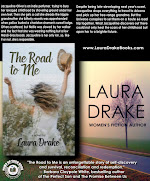


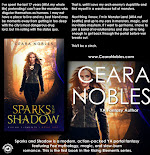
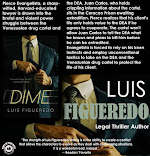




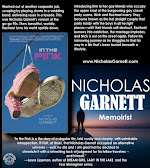


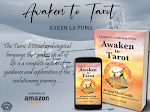






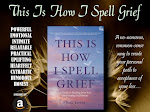
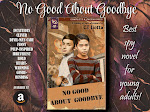


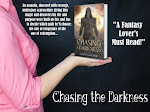
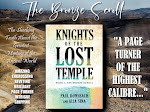





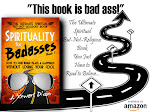

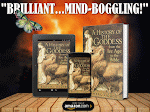

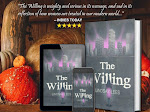
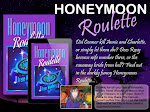
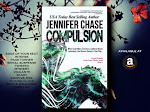
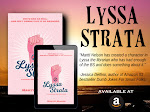












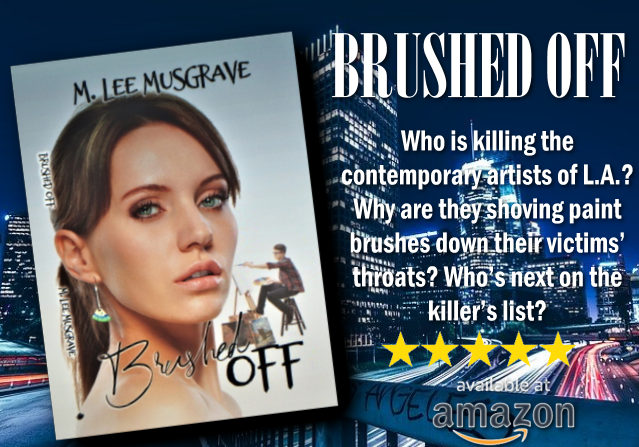


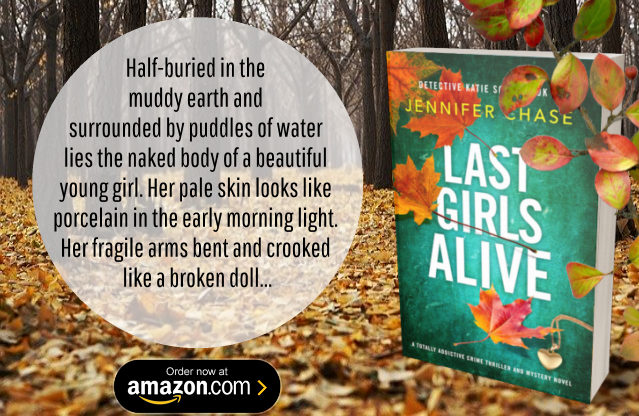
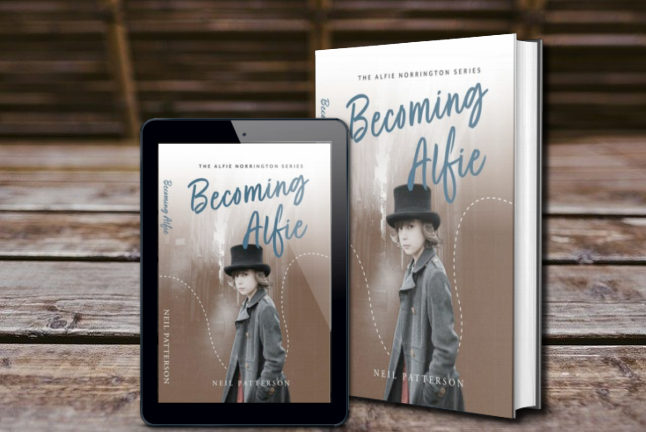


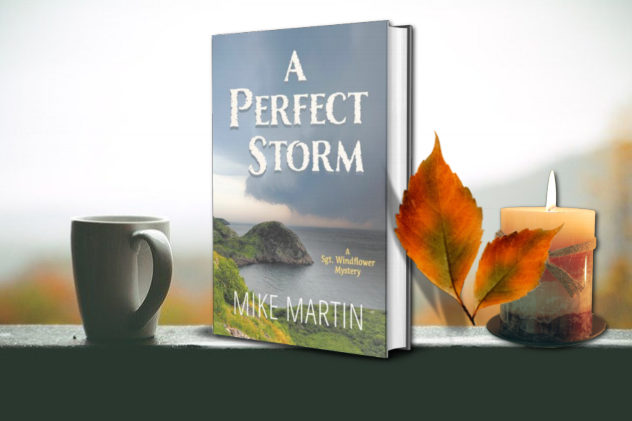
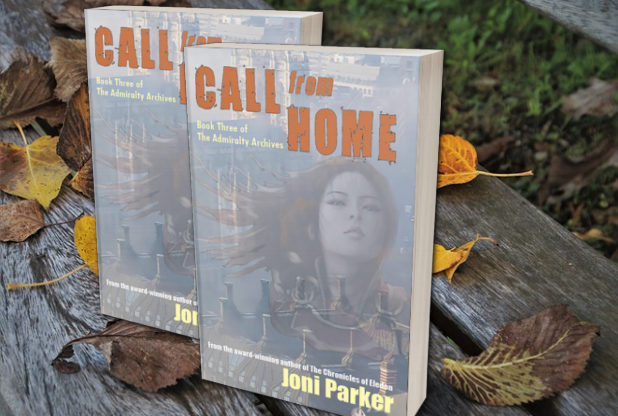
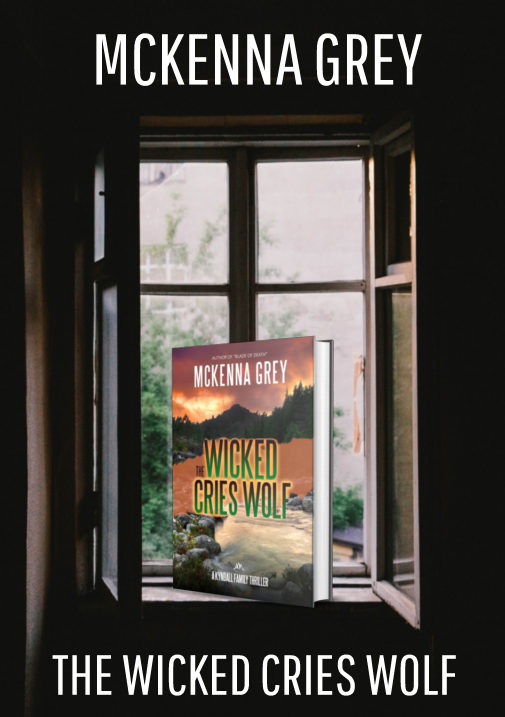


Leave a Comment